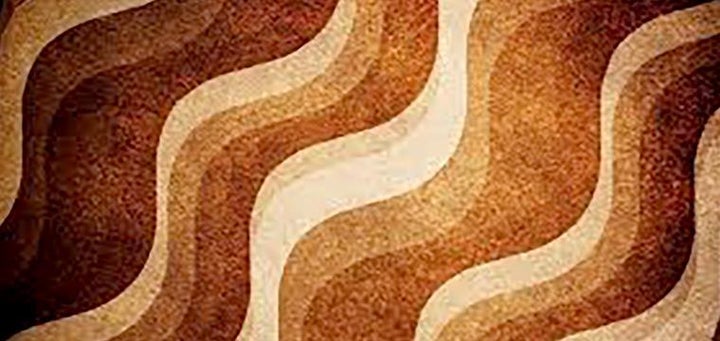
Dressed in a salwar kameez, I twirled and danced inside my room. I loved my long red tunic, the loose flowing pants and the sweeping scarf looped around my neck. This salwar, dotted with tiny mirrors that sparkled when they caught the light, was embroidered with zari, delicate threads of gold. I was thrilled whenever my dad brought me a new one from India. In my room I fingered the woven zari carefully and gazed at my reflection in what seemed to be hundreds of mirrors.
But on the playground I soon discovered that my classmates didn’t find my outfit quite so lovely. A trip to the bathroom and a game or two of hopscotch led to sneering and sidelong glances. Barely concealed giggles and mocking whispers I was meant to hear followed me.
“What is she wearing? That is so ugly.”
“Why did Sneha wear her pajamas to school?”
Even as I held my 7-year-old head high, I could feel the tears swimming dangerously in my eyes. My chin quivered and my face burned. The first time I wore a salwar to school was also my last. Being brown-skinned in the first grade with (what was for many) a stumbling block of a name at an overwhelmingly white school filled with Jennifers, Tiffanys and Jessicas —made me stand out as foreign despite being American by birth. Dressing my brown skin in strange clothing didn’t help my cause. I was the only Indian at Deer Canyon Elementary School. And I wanted to be white.
The shame didn’t ease over the years. When I was in fourth grade my maternal grandmother came from India to stay with us for nine months to help my mother in the final days of her pregnancy, and with the duties of caring for my sisters, my new baby brother and I.
One of Ammachi’s tasks was to walk me to and from school. I loved her. But, I had two problems with this arrangement: one, my grandmother never wore anything but a sari; two, Ammachi’s English was broken and halting, so she would speak to me in Malayalam as we walked. I felt every stare and heard every comment as passing kids taunted and teased. I dreaded the sound of the bell at the end of each day, because I knew Ammachi was waiting for me and everyone in my class would walk by and laugh because my grandmother looked nothing like theirs.
It didn’t take long before I realized that I could walk much faster in my sneakers and jeans than Ammachi could in her sandals and sari. In the mornings, as soon as we were out of my mother’s sight, I would break into a trot, my backpack jostling up and down, trying to keep as much distance between us as I could. Every day the distance increased. Usually she was at least one block behind. But she kept walking, steady and, to my chagrin, seen. When I looked back over my shoulder, she was a tiny, colorful dot. No one will know we’re together, I told myself. When the bell rang at the end of the day, I would barely meet my Ammachi’s eyes as I passed her on the corner of the school grounds where she waited, and raced as fast as I could to the first house at the top of our street. There, out of sight of the other children, I’d stop, heaving and heart pounding, and wait for her so we could cross our front step together. Ammachi never spoke of it but her silence and kind eyes shamed me.
A few years later, my grandmother was back in India and I was now in sixth grade. Sixth grade was the stuff of soap operas—and there was some fighting in our little group of friends. Annie was mad at Carly, so alliances realigned and Carly spent recesses with me. I had acquired a best friend for at least the day. My heart warmed. But Annie was jealous and fuming. During the final recess of the day she stomped up to me, narrowed her eyes, flipped her long, dark hair and spewed words I feared:
“Why don’t you go back to the country where you came from? You don’t belong here.”
When I got home that day I locked myself in my bathroom, undressed, and climbed onto the toilet seat, standing and facing the mirror. I took off the cap on a bottle of talcum powder. Slowly, methodically, I shook the white powder into my palms. I rubbed my brown hands together. The excess powder fell like snow, flecking my bare brown feet. I dusted the powder over my nose, across my cheeks, into my arms and across my budding chest. Next, I covered my legs. I covered every inch of brown skin within my reach. But I couldn’t manage to get to the small of my back where there was a stubborn, untouched space. I recalled my mother’s oft-repeated refrain, “No matter what, you’ll never be one of them.”
I started to cry. The tears streaked my now white face and there were rivers of brown.
—
This article originally appeared in India Currents Magazine.
